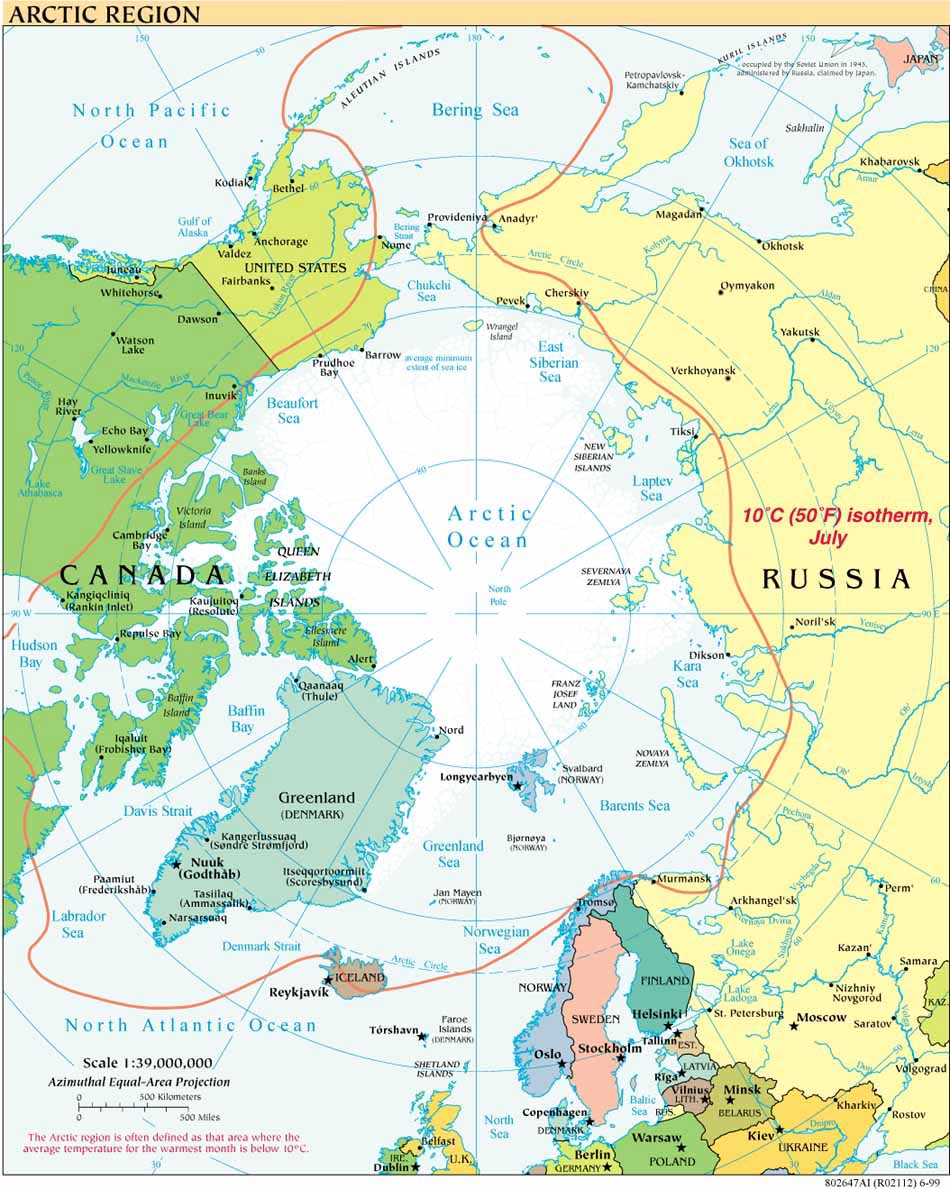 Left: The Louis S. St-Laurent seen through the fog
Left: The Louis S. St-Laurent seen through the fogThe weather is in stark contrast to the brilliantly clear, light-infused days of HLY0805 and is revealing a different – and evidently more typical – picture of August weather in this part of the Arctic Ocean: fog and more fog, snow, some rain, sleet and, more rare, hoar frost. Tookaq Neakok, the community observer from the North Slope Borough who also traveled with us last year, says his family back on shore is reporting rain in Barrow. Ice conditions have been generally acceptable for mapping (you can see our tracks using the upper right links) both near the Chukchi Cap and across the Canada Basin, northward to our northernmost point on 2009-08-28 (roughly 122º70’044 W 84º22’211 N). Nonetheless it has been especially useful on the northern portion of our joint track to have the ability to break ice for one another. Helo transfers of Coast Guard and scientific crew between ships have also been fruitful.



